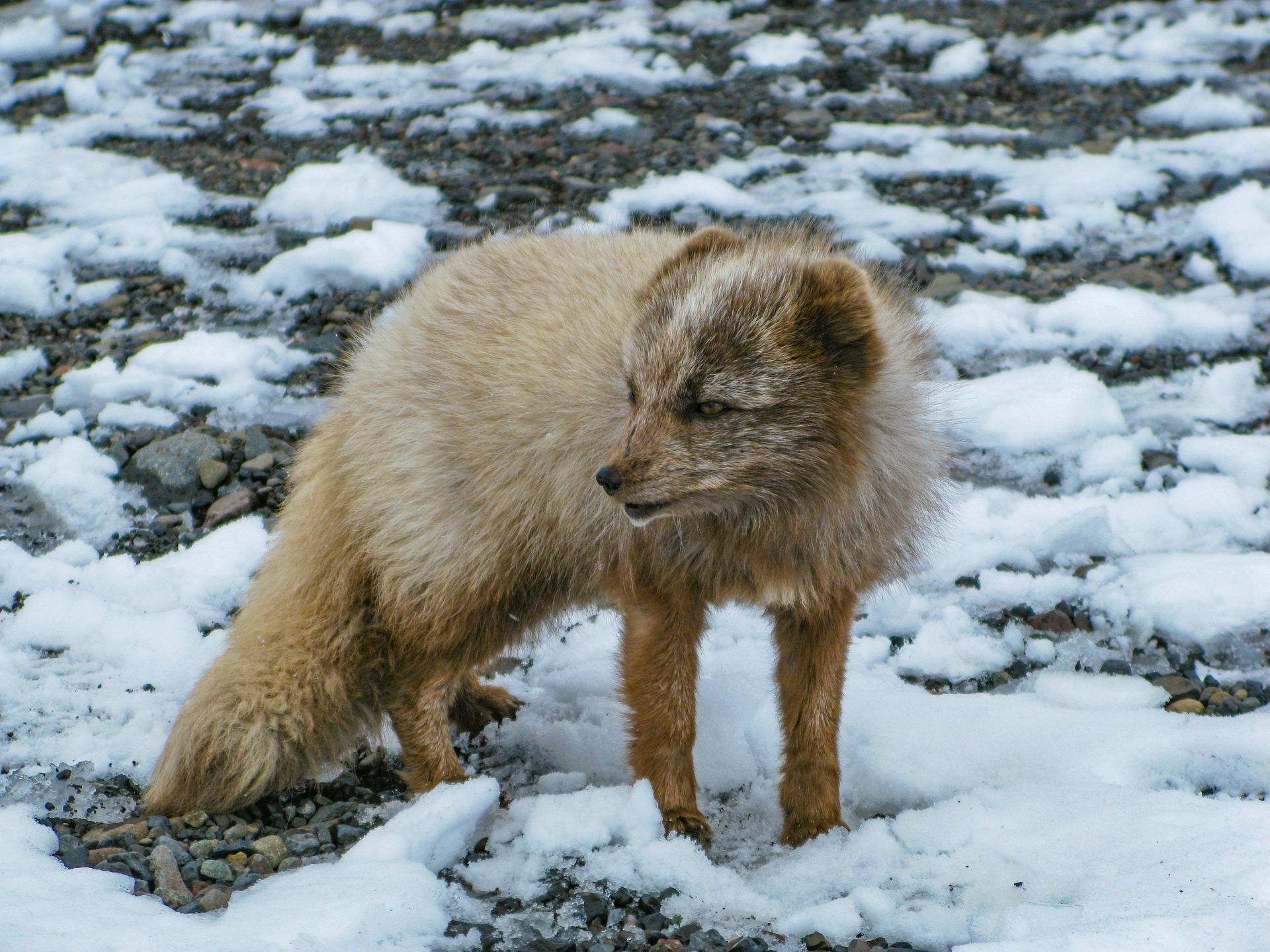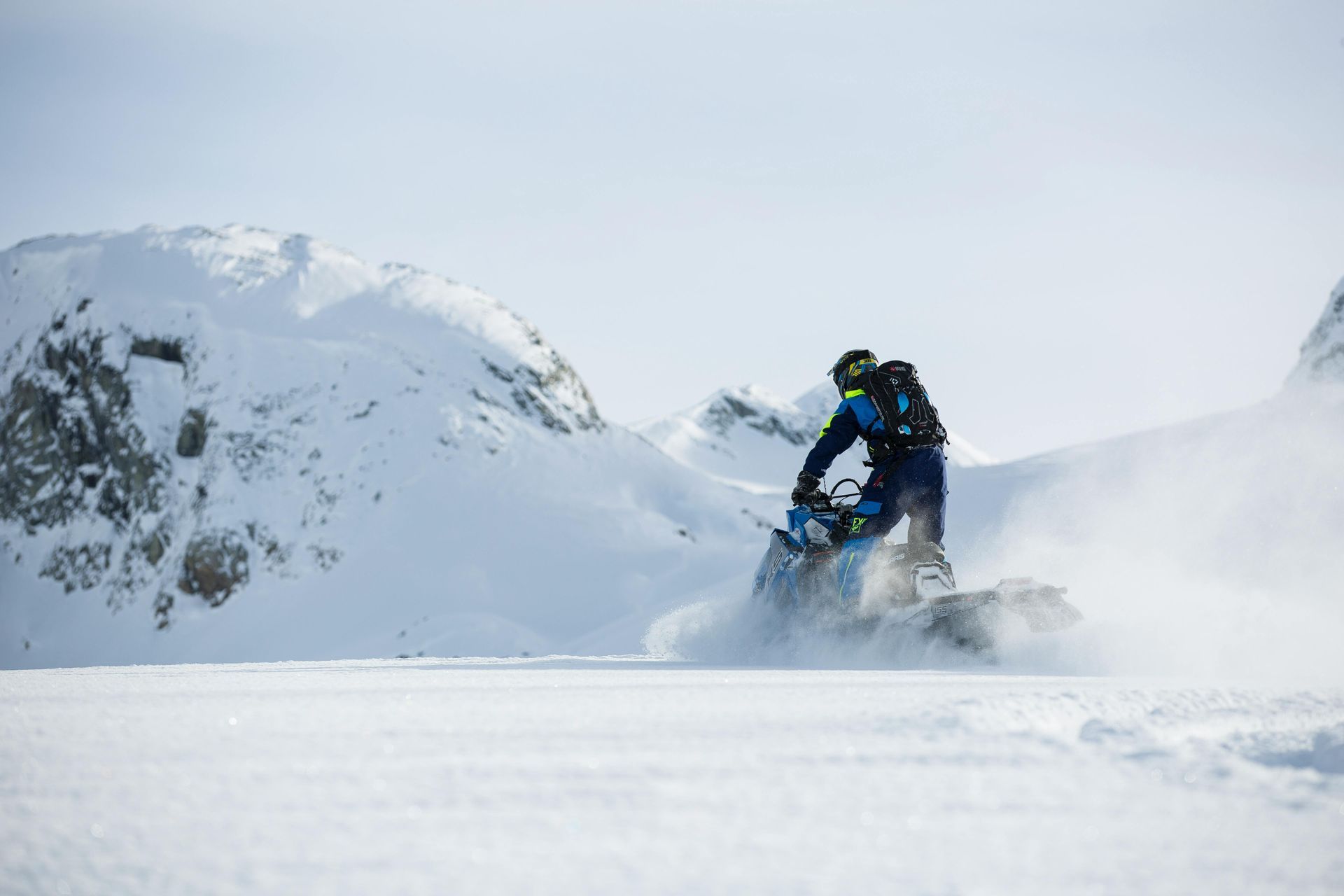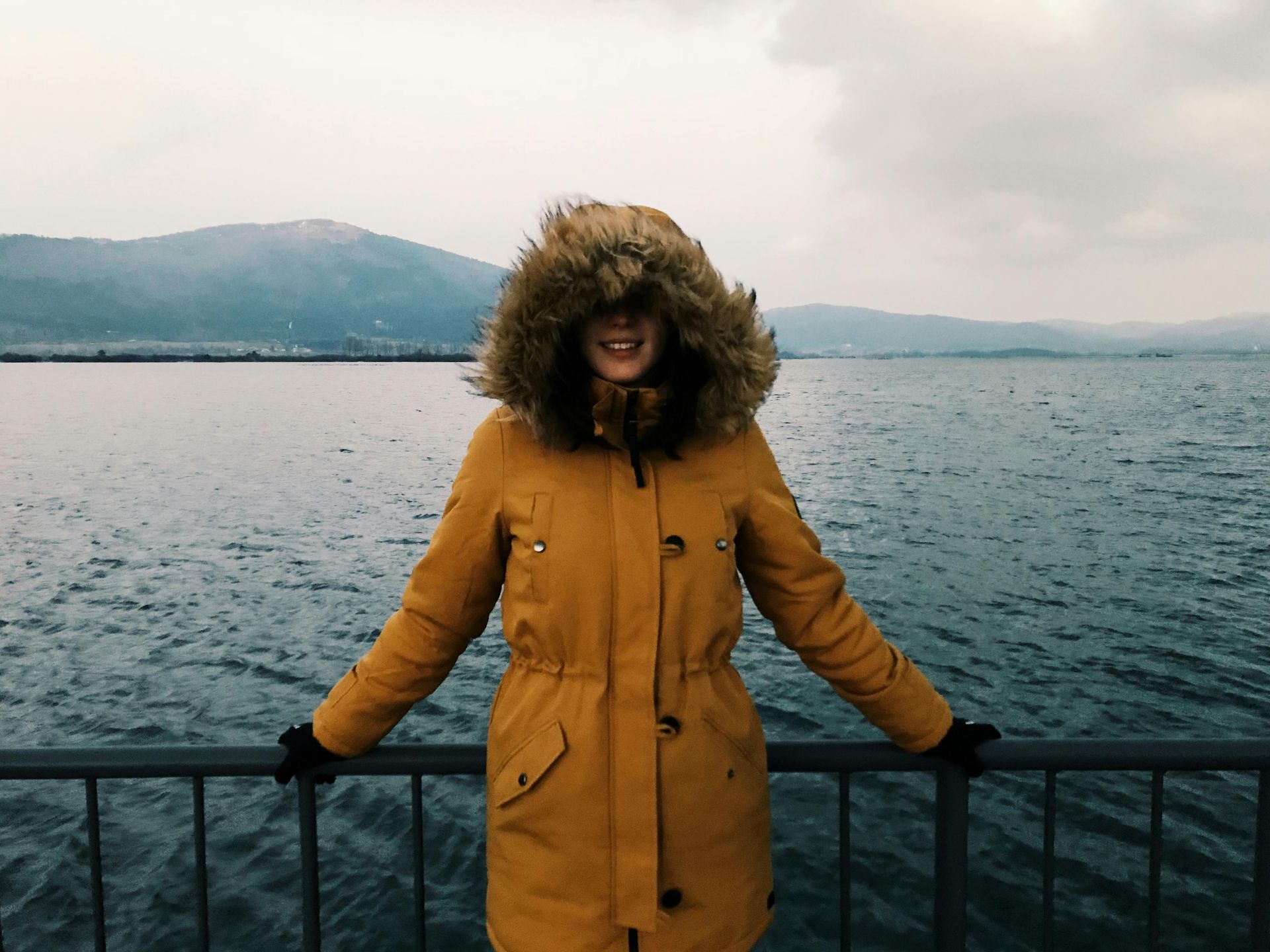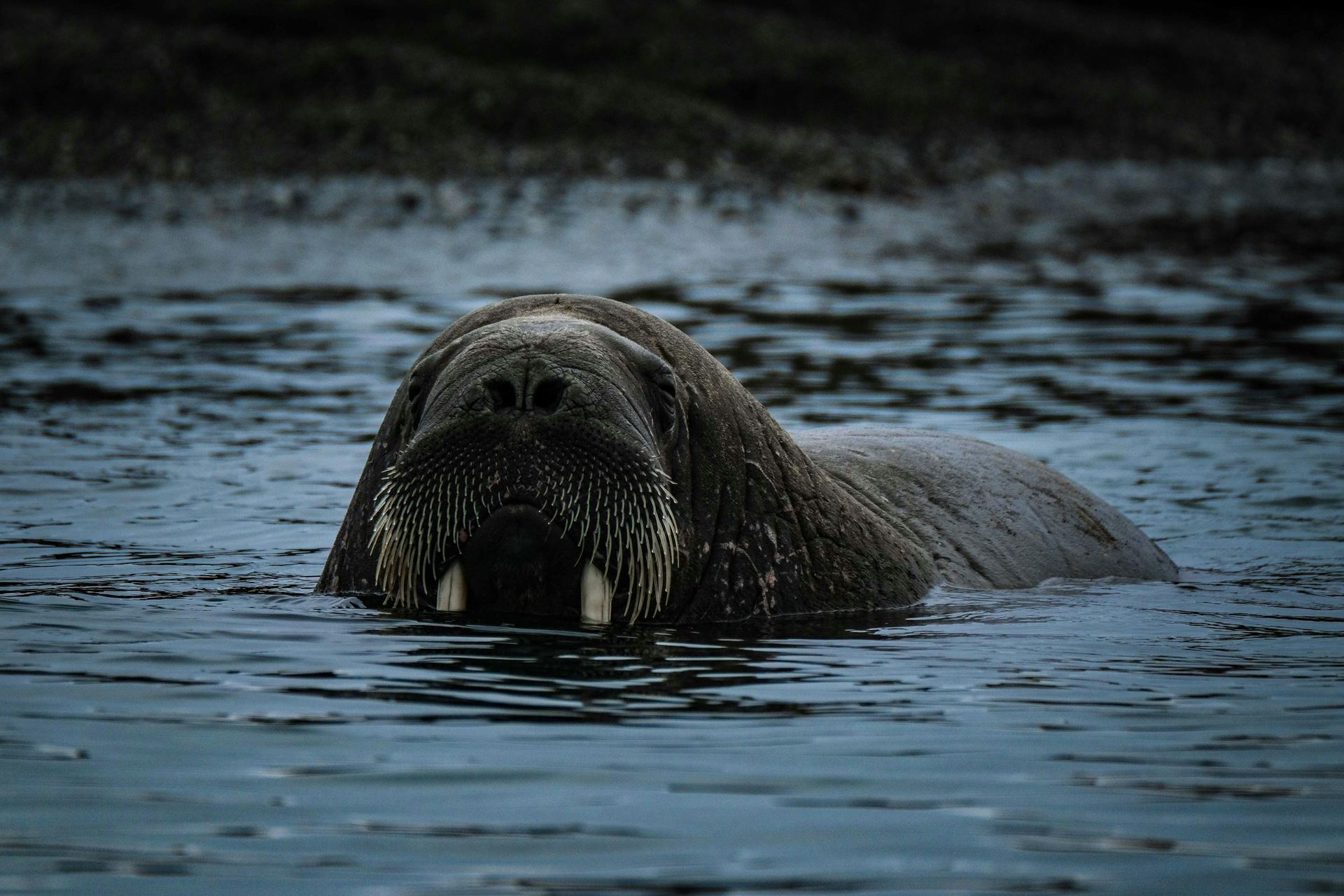Wildlife Photography Hotspots in Svalbard
Wildlife Photography Hotspots in Svalbard

Svalbard is a dreamscape for wildlife photographers, offering a unique opportunity to capture Arctic animals against stark, cinematic backdrops. From the rugged terrain around Longyearbyen to the ice-fringed edges of Nordaustlandet, this archipelago provides dramatic settings and remarkable access to species that are rarely seen elsewhere. Whether you're aiming to photograph Svalbard reindeer in soft evening light or an Arctic fox darting through snowdrifts, timing, location, and local knowledge make all the difference.
For reindeer photography, the tundra landscapes near Adventdalen and Bjørndalen offer some of the best opportunities. These valleys are easily accessible from Longyearbyen and are known for their resident herds of Svalbard reindeer, a unique subspecies adapted to the Arctic cold. Their shorter legs and compact bodies make them distinct and photogenic. Early summer is ideal when they shed their thick winter coats and begin grazing in the green valleys, framed by snow-covered peaks.
Photographing Arctic foxes requires more patience and luck, but certain areas increase your chances. Sassendalen and the coastal zones near Tempelfjorden are known territories. These foxes are highly mobile, often seen foraging for seabird eggs or scavenging leftovers near polar bear kill sites. Winter presents a beautiful but challenging opportunity—foxes don pure white coats that blend into the snow, making for incredibly striking compositions if spotted. Using a long lens with fast shutter speeds can help capture their quick, elusive movements.
Bird photography flourishes in Svalbard’s summer months. Seabird colonies erupt along cliffs in places like Alkhornet, Fuglefjellet, and around Kongsfjorden. Here, thousands of Brünnich's guillemots, kittiwakes, and glaucous gulls nest, creating vibrant scenes of avian life. Telephoto lenses are essential, and boat trips along these cliffs offer excellent low-angle perspectives with natural Arctic lighting. June and July are best for nesting activity and flight shots.
Walruses are another highlight for photographers. Haul-out sites near Prins Karls Forland and in the eastern islands allow for responsible boat-based photography. These massive marine mammals lounge in groups on beaches and ice floes, often interacting vocally and physically. With the right approach and a guide who understands ethical distances, walruses can be captured in intimate detail—wrinkled hides, long tusks, and all. Golden-hour light bouncing off the ice adds an extra layer of drama.
Polar bears, the ultimate Arctic subject, require careful planning. The pack ice north and east of Spitsbergen is where most sightings occur, especially in late spring and summer when bears patrol the floes hunting for seals. Expedition cruises are often the safest and most respectful way to observe and photograph polar bears in their natural habitat. Patience, a powerful telephoto lens, and a flexible itinerary are crucial, as encounters are never guaranteed but unforgettable when they happen.
Svalbard’s unique lighting conditions amplify every wildlife encounter. During the Midnight Sun (late April to mid-August), golden light floods the landscape around the clock, ideal for long photography sessions without the rush of a setting sun. Conversely, during the Polar Night (mid-November to late January), moonlight, starlight, and the occasional aurora create ethereal conditions for creative, low-light wildlife photography. The changing seasons continuously reshape the tone and mood of each shot.
Ethical wildlife photography in Svalbard is not just encouraged—it’s expected. Keep safe distances, use appropriate gear that doesn’t require you to get too close, and always follow the guidance of licensed guides or tour leaders. The wellbeing of the animals and the preservation of this fragile environment take priority. It’s possible to get breathtaking images without intruding or disturbing natural behaviors.
Wildlife photography in Svalbard is as much about respect and awareness as it is about timing and gear. The payoff is immense—images of Arctic creatures in raw, natural beauty, set against one of the planet’s most hauntingly beautiful environments. For photographers, it’s a chance not just to capture the wild, but to connect with it.











